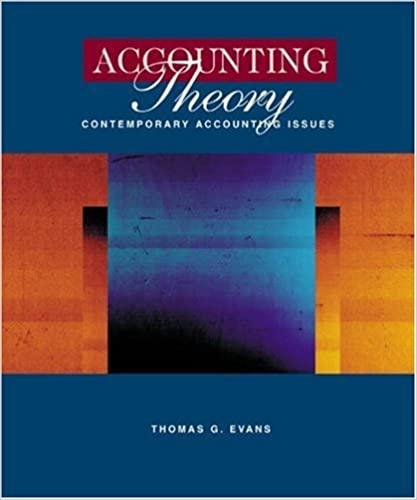Answered step by step
Verified Expert Solution
Question
1 Approved Answer
Charli retired after 2 0 years of working in the logistics industry. Charli decides it would be fun to become a dog groomer and open
Charli retired after years of working in the logistics industry. Charli decides it would be fun to become a dog groomer
and open her own shop called Chalis Grooming. She will run the business out of her home for the first couple of
months while she identifies a new location for her store.
Since her prior career included years of logistics she is also going to operate a consulting practice where she will help
others create a grooming practice. She will charge a flat fee or a per hour charge. Her consulting practice will be
recognized as service revenue and will provide additional revenue while she develops her grooming practice.
She obtains a groomer's license after the required training and is ready to open her shop on August The following are
the transactions from the first month of business:
Aug. Charli issues shares of common stock in exchange for $ cash.
Aug. Charli purchases grooming equipment for $; $ was paid immediately with cash, and the
remaining $ was billed to Charli with payment due in days. She decided to buy used
equipment because she was not sure if she truly wanted to run a grooming business. She assumed
that she will replace the used equipment with new equipment within a couple of years.
Aug. Charli purchases supplies for $ cash.
Aug. Charli provides $ in services to a customer who asks to be billed for the services.
Aug. Charli pays a $ utility bill with cash.
Aug. Charli receives $ cash in advance from a customer for services not yet rendered.
Aug. Charli distributed $ cash in dividends to stockholders.
Aug. Charli receives $ cash from a customer for services rendered.
Aug. Charli paid $ toward the outstanding liability from the August transaction.
Aug. Charli paid $ cash in salaries expense to employees.
Aug. The customer from the August transaction pays $ cash toward what is owed.
Requirement # Record the journal entries required for all of the transactions that occurred in August. Make sure they
are neat, legible and organized. Make sure to reference each entry by date. Any and all calculations
that need to be done to get numbersamounts if needed must be shown in a description below the
journal entry.
Requirement # Post journal entry information to the ledger as represented by Taccounts. Any account that has more
than one transaction needs to have a final balance calculated. This happens by taking the difference
between the debits and credits in an account. Make sure to reference each amount back to the
correct JE use the date as reference
Requirement # Prepare an unadjusted trial balance IN GOOD FORM.
On August Charli has the following transactions requiring adjustment.
Aug. Charli took an inventory of supplies and discovered that $ of supplies remain unused at the end of
the month.
Aug. The equipment purchased on August depreciated $ during the month of August.
Aug.
Charli performed $ of services during August for the customer from the August transaction.
Aug. Reviewing the company bank statement, Charli discovers $ of interest earned during the month of
August that was previously uncollected and unrecorded. As a new customer for the bank, the interest
was paid by a bank that offered an abovemarketaverage interest rate.
Aug. Unpaid and previously unrecorded income taxes for the month are $ The tax payment was to
cover his federal quarterly estimated income taxes. He lives in a state that does not have an individual
income tax
Requirement # Record the adjusting journal entries required for all of the above transactions. Make sure they are
neat, legible and organized. Make sure to reference each entry use AJE # AJE # etc Any and all
calculations that need to be done to get numbersamounts if needed must be shown in a description
below the journal entry.
Requirement # Post adjusting journal entry information to the ledger as represented by Taccounts. Continue with
the prior Taccounts and create any new ones as needed. Make sure to reference each amount back
to the correct JE use the same scheme as mentioned in Requirement #
Requirement # Prepare an adjusted trial balance IN GOOD FORM. Continue with the unadjusted trial balance and
simply add new columns for the adjusted amounts and any new account rows if needed.
Requirement # Prepare the income statement, statement of retained earnings, and a classified balance sheet with all
accounts in the proper classification. Make sure they are all in good form and readable. Remember,
you are creating the statements for rd party users, not youself. All statements must be IN GOOD
FORM.
Requirement # Prepare the closing journal entries. Make sure they are neat, legible and organized.
Requirement # Post closing journal entry information to the ledger as represented by Taccounts. Continue with the
prior Taccounts and create any new ones as needed. Make sure
Step by Step Solution
There are 3 Steps involved in it
Step: 1

Get Instant Access to Expert-Tailored Solutions
See step-by-step solutions with expert insights and AI powered tools for academic success
Step: 2

Step: 3

Ace Your Homework with AI
Get the answers you need in no time with our AI-driven, step-by-step assistance
Get Started


